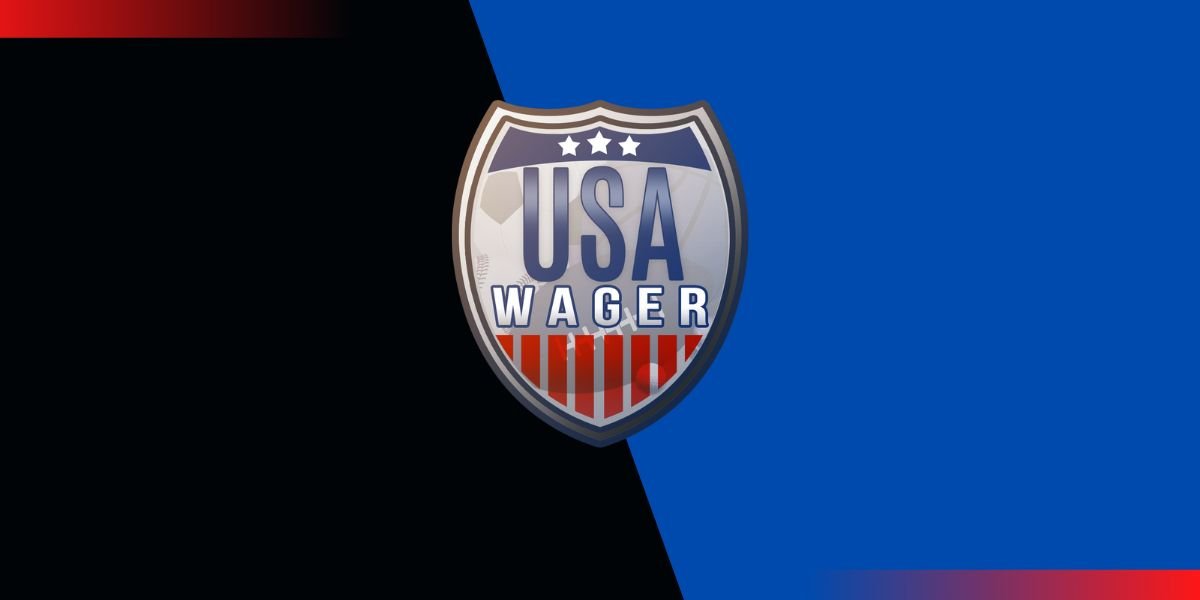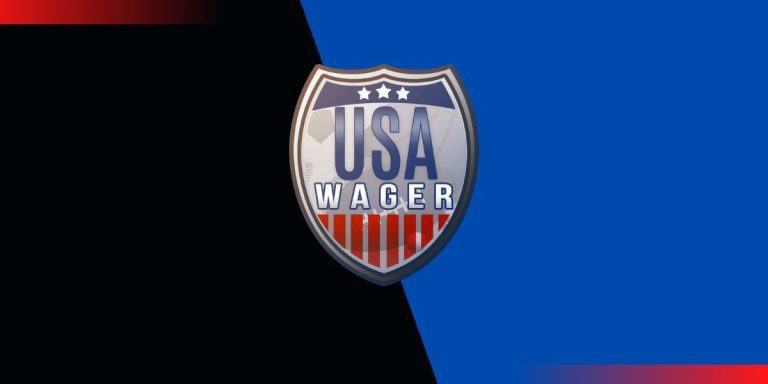The Stepien Rule
The Stepien Rule Origins
Imagine inheriting a franchise that doesn’t have a first-round pick for the first four years you’re there. That is what Cavs owner Gordon Gund had to deal with when he purchased the team from the infamous(late) Ted Stepien.
Notoriously known as one of the worst owners in the NBA, the Ted Stepien era was brief, and not fun for anybody, except for the other GM’s reaping all of the draft picks. Stepien was incompetent to the point of there being a rule named after him.
What Is the Stepien Rule?
The Stepien rule origins stem from all of the picks the former Cavs owner traded at the helm of the franchise. It states that you cannot trade first-round picks in successive seasons. The worst part was that while Cleveland traded its first-round picks from 1982-1985, they hardly got anything in return.
It also goes beyond just trading picks. Stepien was only the owner for three years. And the Cavaliers had six (!) head coaches. In the 1981-82 season, in which the team went 15-67, they went through four head coaches. Bill Musselman and the (eventually) great Chuck Daly were on that list.
It’s too bad that none of the four had the young talent because of the incompetence of the owner.
Lack of Popularity
It was no secret that Ted Stepien was not very well-liked by Cavs fans, or the city of Cleveland. Stepien had thought about naming the team the “Ohio Cavaliers” and having them play in popular cities in the area to try and improve attendance. Not a good idea 40 years ago, and certainly not today.
Locally, Clevelanders referred to the team as the “Cleveland Cadavers”. Their legendary broadcasters Joe Tait was even temporarily laid off as well. And as a result of Tait’s firing, the Cavs pulled their largest crowd in two years, though it was there to protest and basically yell at Stepien.
Attendance remained low for the duration of Stepien’s time in Cleveland. Nobody seemed to be a big fan of his, or of all of the questionable decisions he made with roster management. He even threatened to move the team to Toronto, and name them the Towers.
THE NBA DID WHAT?!
After making a trade with the newly-formed Dallas Mavericks in 1980, the NBA put a freeze on Cleveland’s trading rights. It makes sense, given the picks turned into Derek Harper, Sam Perkins, Detlef Schrempf, and Ron Tarpley. They would actually not allow them to make any deals. Imagine being a disgruntled player and not being able to get out of Cleveland?
The ban only lasted one year, before it was decided that the NBA’s director of operations, Joseph Axelson, could approve trades. If Axelson declined, the deal would not be go through. We saw a similar situation (for very different reasons), with David Stern stepping in and vetoing the Chris Paul to LA deal a few years ago when the New Orleans Hornets didn’t have an owner.
Getting back to Ted Stepien… you’ve got to be pretty inept at your job to basically have your power taken away. It’s like taking a gavel from a judge. A calculator from a math teacher. It’s like taking the meat knives away from a butcher.
Getting the Draft Picks Back
When Gordon Gund bought the Cavs in 1983, he helped facilitate a deal with the NBA. In exchange for $500,000, the team was able to buy back a series of first-round picks from 1983-1986. Stepien’s mistakes would not linger.
The first three picks netted very little. Stewart Granger and Tim McCormick weren’t very effective. Charles Oakley was traded for Keith Lee after being selected. But in 1986, they picked up BOTH Ron Harper and Brad Daugherty. Gund basically saved Cavs basketball by helping the team to re-obtain picks to take stars like them.
Huge shoutout to Gordon Gund. He was able to fix some massive mistakes made by Ted Stepien to make the team competitive again.
And There You Have It
That’s the Stepien Rule. Gordon Gund is a hero. Ted Stepien was one of the worst owners in history. And Chuck Daly, who was a 2X NBA champion coach in Detroit, was fired after 41 games. What a time, man. What a time.


